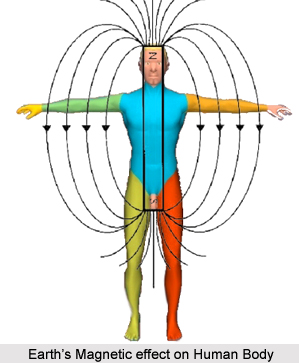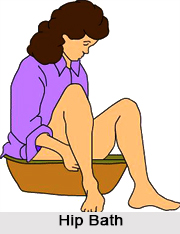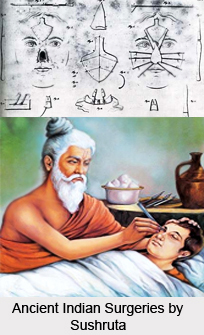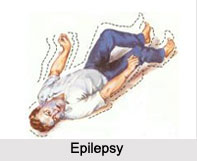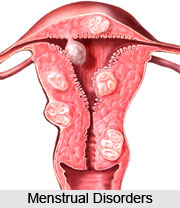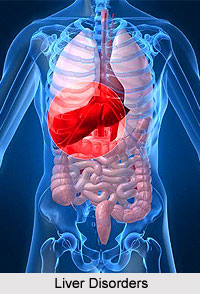 Any disturbance in the functioning of the liver in one`s body is known as liver disorder. There are several types of liver disorders identified so far and they are caused due to different reasons. Most of these result from viral and bacterial infections. While some disorders are found predominantly among the older people, there are a few that are exclusively found among children. Different types of liver disorders also show different signs and symptoms and require different treatment methods.
Any disturbance in the functioning of the liver in one`s body is known as liver disorder. There are several types of liver disorders identified so far and they are caused due to different reasons. Most of these result from viral and bacterial infections. While some disorders are found predominantly among the older people, there are a few that are exclusively found among children. Different types of liver disorders also show different signs and symptoms and require different treatment methods.
The viral hepatitis is considered one of the most common types of liver diseases. Viral hepatitis is caused mainly due to three hepatitis viruses named Hepatitis A, Hepatitis B and Hepatitis C and can also be caused due to drug, autoimmune or metabolic disorders. The Hepatitis B and Hepatitis C (also known as Cirrhosis) viruses are found quite commonly among people. Hepatitis can be both an acute and chronic inflammation of the liver and may spread from one person to another. The viruses can spread through contact with infected semen, blood, sewage, contaminated food and water, sharing of infected needles, direct blood-to-blood contact and also from mother to newborn. Jaundice is the most common symptom of viral hepatitis.
Liver Cirrhosis is a severe kind of liver disorder which is caused due to Cirrhosis or Hepatitis C virus. The term Cirrhosis means the liver is damaged so severely that its normal shape is distorted. The term also means that there is an increase in scar tissue in the liver and the liver mass is reduced. The main causes behind this disorder include long-term, excessive alcohol consumption; inherited disorders of iron and copper metabolism; severe reactions to certain medications; chronic infection with hepatitis B virus; repeated episodes of heart failure with liver congestion and bile-duct obstruction; etc. Liver Cirrhosis is twice as common in men as in women and is also 30 times more common among heavy drinkers.
There are certain types of liver disorders that are found more commonly amongst children. Galactosemia is one such liver disease and in this inherited disease, the body cannot tolerate certain sugars in milk. These sugars can build up and cause serious damage to the liver and also to the other organs of the body. Another type of liver disease is Alagille syndrome. This is a condition where the bile ducts become narrowed and deteriorated, especially during the first year of life. A common genetic liver disease among children is the Alpha 1- antitrypsin deficiency. This disease can eventually lead to hepatitis and cirrhosis of the liver. The Neonatal hepatitis is a type of hepatitis that occurs in a newborn during the first few months of life. Another form of liver disease is Tyrosinemia which can cause serious problems with liver metabolism.
The liver disorder named Hemorrhagic telangiectasia is a condition in which thin blood vessels allow frequent and easy bleeding of the skin and digestive tract and this is frequently found among children. Another form of liver disorder is Reye`s syndrome. This condition may cause a buildup of fat in the liver and the main cause behind this is the use of a few drugs taken for curing chickenpox, influenza or other illnesses that are followed by fever. Sometimes, children suffer from an inherited liver disorder named the Wilson`s disease. This condition may cause a buildup of the mineral copper in the liver. One of the most common types of liver disorders among children is Thalassaemia. This is actually a group of hereditary anaemias or low red blood cell counts.
Another form of liver disorder found in children is the Biliary atresia. Here the bile ducts that extend from the liver to the intestine become too small in diameter or sometimes go missing. The Chronic active hepatitis is an inflammation of the liver and is a common liver disorder. This condition causes severe scarring and interference with liver function. The liver cancer is another type that results from the spreading of cancerous tumours from other parts of the body to the liver.
The common types of liver disorders found frequently among older people include the Type I glycogen storage disease. This disease can cause problems in controlling blood sugars when a person fasts. Another type of liver disorder found commonly among adults is Porphyria. This condition causes a malfunction in the process of body using porphyrins. The other common types of liver disorders found in older people include the liver tumours, liver abscess (collection of pus), primary biliary cirrhosis, sclerosing cholangitis, alcoholic liver disease, autoimmune hepatitis, liver failure, portal hypertension, Gaucher disease, hepatoma, sarcoidosis, Zellweger Syndrome, etc. There are also some rare types of chronic liver disorders that include chronic hepatitis, liver fibrosis, fatty liver disease, idiopathic liver cirrhosis, drug-induced liver disease, liver vein outflow obstruction, Budd-Chiari syndrome, etc.
Apart from the above mentioned types of liver disorders, there may also be a few other forms that are not commonly found but can cause serious damages. Though most of these disorders require different treatment methods, some of them can be treated with the same drugs, as they have similarities in their causes and symptoms.







